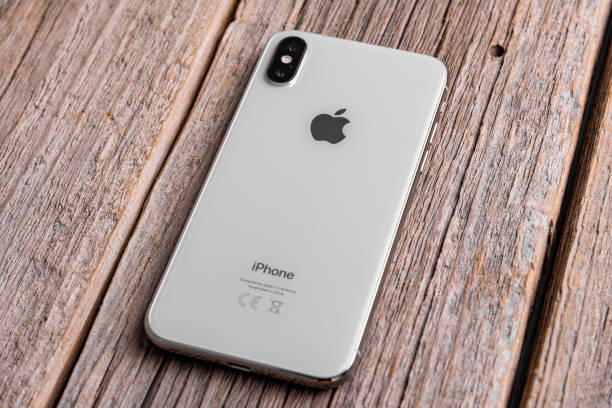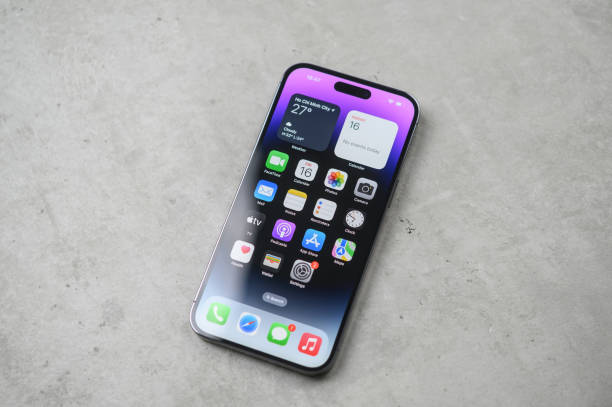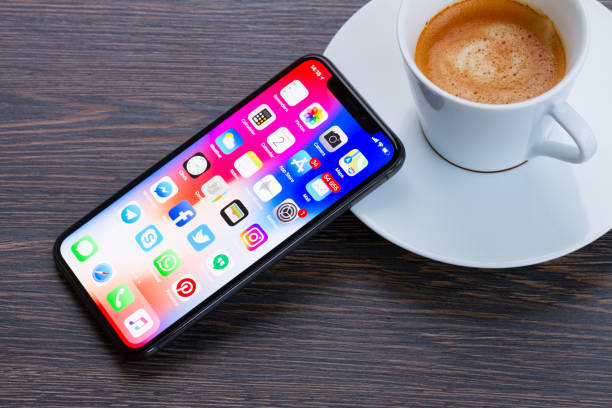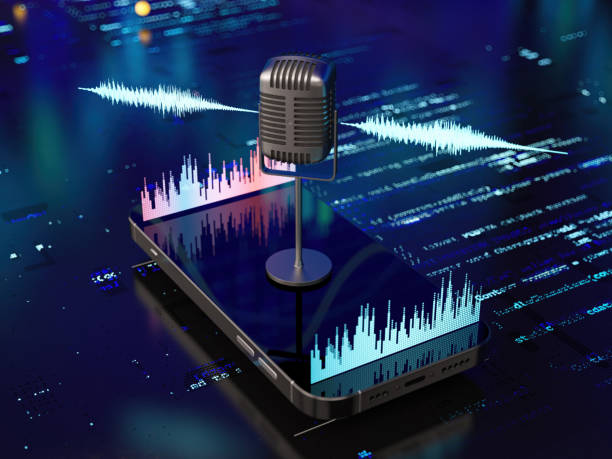iPhone Release Date
Something as simple as the iPhone release date is now an annual technological event that draws the world’s attention. Since the launch of the very first iPhone in 2007, Apple has perfectly timed these releases, managing to turn iPhone release days into events that create global buzz. The tariff de timing of all iPhones has been central to the strategy that Apple C has applied, precipitating all the attempts for a holiday rush or to counter an opponent’s iPhone release date.

The Early Years: Establishing the Pattern
Steve Jobs once introduced the first iPhone in public, and it is still hard to imagine that the iPhone release date has become such a revelation. Originally, Apple invited developers to showcase their applications in the summer, with the first iPhone going on sale on June 29, 2007. For several years, Apple maintained the practice of releasing a new iPhone every summer, thus providing enough time for tweaking their production line and generating consumer enthralment.
The shift to fall releases
That all changed in 2011, when Apple decided strategically to shift the iPhone release timing to the fall. This change was perfect for the holiday shopping season and moved the company into a marketing position that was advantageous. The new release schedule settled in September/October, which enabled Apple to take advantage of back-to-school and holiday shopping malls. It proved such a successful timing that has not changed for over a decade now.
The Impact on Global Markets
There are consequences of choosing an iPhone release date for other markets around the world. Whenever Apple makes an announcement on the iPhone release date, stock markets move, competitors recalibrate, and retail shops expect more traffic. The timing impacts carrier offers the consumer wants to take advantage of, as well as the schedule of accessory manufacturers. The following shows how the iPhone release day has evolved to becoming more of an important economic occurrence than a mere product launch.
Intended Timing of the Productions and Essential Considerations of the Supply Chain
As it was mentioned before, there is one key date regarding an iPhone’s release: every decision is a result of supply chain management and production planning. Prior to the planned iPhone launch, independent manufacturers start preparing months ahead for the official launch. Such a process entails the management of up to 300 suppliers spread across different countries. The nature of this operation means that the pattern of releases for iPhones is astonishingly reliable.
Marketing Mix with a Reference to Consumer Psychology
Apple’s marketing department effectively manages expectations of the iPhone launch using the date incredibly well. They realize that the regularity of the iPhone model generates the beating rhythm that consumers should expect while not too much mystery is missing. searchable and a certain level of surprise has been clearly aimed at preserving the iPhone as a premium product in the market.
The topic for this project is The COVID-19 Impact and Adaptation.
The global pandemic challenged the consistent release of iPhones following the company’s annual pattern. Contrary to the expectations, most observers predicted a long delay in the production and, in particular, in the launching schedule of the iPhones, but Apple has also only slightly altered these timelines. This showed how well the company was able to perform and sustain performance during normalcy while experiencing drastic fluctuations in performance during the life of the project.
As part of our current release pattern and future projections,
New iPhone devices are produced often yearly, but the general release of the new model of an iPhone takes place at the beginning of September every year, and it’s usually a two-week period; however, there could be extra releases during other times of the year to support other models or model variants. This pattern has become fixed to the extent that both business organizations and consumers incorporate it in their planning. No company is totally set in stone though; Apple at least always reserves some room for maneuver, knowing that changes to future iPhone release schedules may be required due to market circumstances and/or technological advancements and challenges.
The Economic Impact
They state that any iPhone release date has its stimulating effect on the economy. Retailers, accessory makers, software developers, and even intra-manufacturing industries make their business cycles correspond with the iPhone release dates. Hardware stores set up their stores for the new iPhone, carriers brief their employees, and repair shops order new spare parts—always right in time with the new iPhone.
Overall Strategies of Launch Across International Markets
The practice of the iPhone simultaneous launches worldwide has changed with the first iPhone release date. Where initially it could be packaged solely for the American market and launched, today it’s an elaborate, global strategy. Apple now works to ensure that it synchronizes the release of iPhones with the different countries having different time zones, new rules and regulations, and market forces.
The third factor is related to the consumers’ behavior and release cycles.
Knowing how consumers act in the case of the iPhone release date will shed a light on Apple’s behavior. A significant number of users tend to queue for their upgrade during this time anticipating an iPhone launch, and so this makes the cycle more predictable. This behavior applies to carrier contracts through trade-in programs, indicating just how the iPhone release date dictates consumer electronics behavior.

Conclusion
The iPhone release date itself has grown from a single communication strategy of a simple product release to a societal event that directs markets, prescribes consumer behaviors, and propels technological advancement. With Apple still fine-tuning its launch strategy, the iPhone release date is still one of the most important factors that helped Apple to sustain its leadership and brand image in the industry. The manner in which these two products have been launched further establishes Apple not only as a firm with great mastery in the art of product releases but also as a firm with wondrous insights into global markets.
FAQs
What is, as a rule, the release date of a new iPhone every year?
New iPhone models are normally launched in September, preferably in the first two weeks of the month. This timing has been mostly used since the year 2012, with slight adjustments due to external circumstances or for some reasons.





